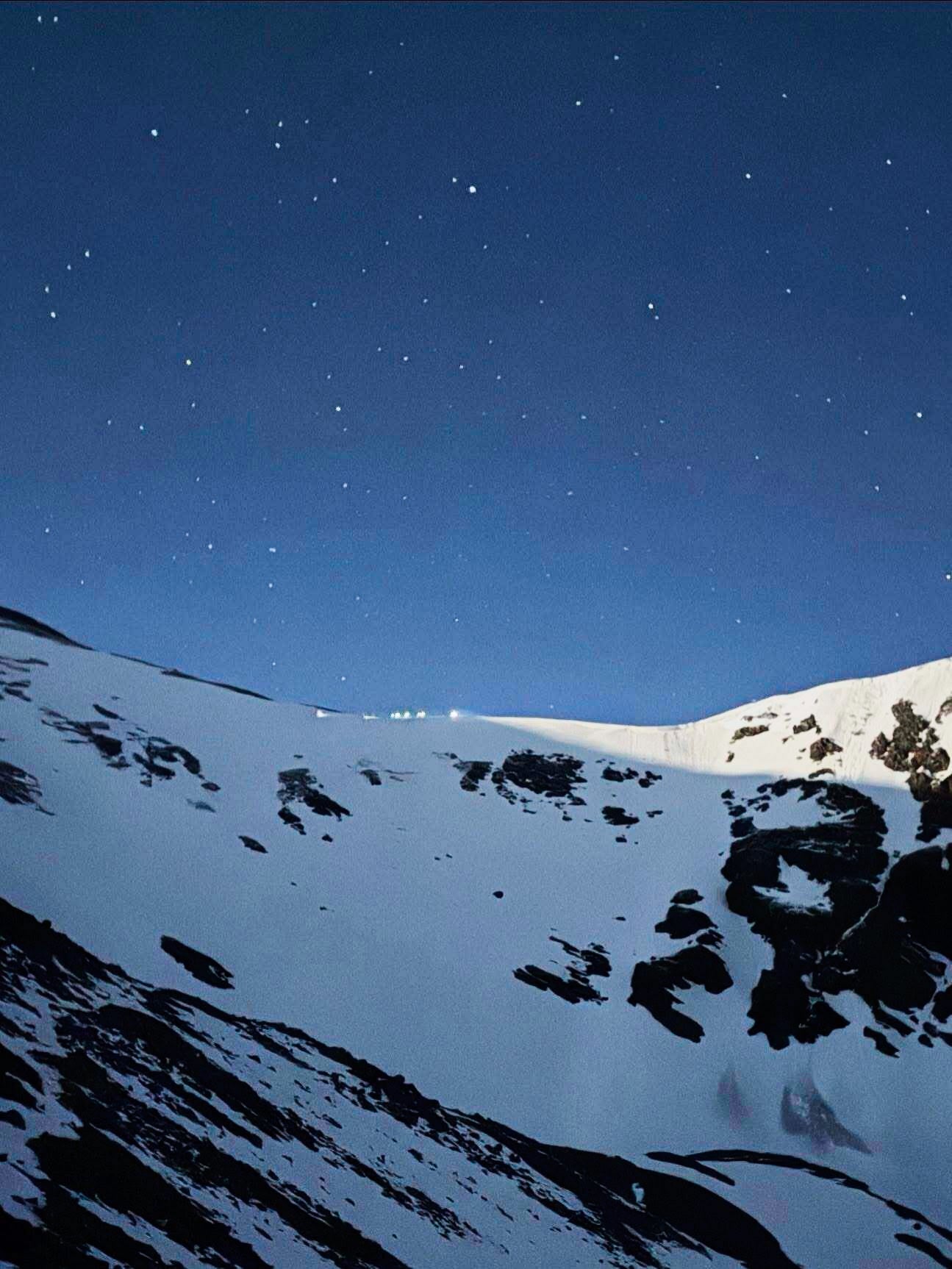Two hikers who hit lightning were rescued from the peak of Colorado in an exciting way and record.
One man remained in the hospital in a fair condition on Friday, while the other was treated in the hospital and released.
The rescue occurred late Thursday near the Torreys Peak summit, a 14300 -foot mountain 40 miles to the west from Denver. Torreys Peak is classified differently as the eleventh or twelfth summit in Colorado and less than 200 feet shorter than the highest mountain in the state, Mount Elbert.
Jake Smith, the Alps Public Information Officer, said that men from New York State, whose identities have not been launched, decided the top of the mountain during a ground trip.
He called for help for the first time at about 5 pm after leaving the path on their way to the artistic road. It does not require a different way of climbing or experience.
“They don’t seem to have a lot of previous experience. I think it may have been just a lack of awareness,” said Smith, who was among the rescuers on the ground.
Rescue officials once again led men into the track, reaching the top. A few minutes later, one of them called reporting that they had lightning.
About 30 rescuers rose on the mountain, while another team used a helicopter from the National Guard in Colorado Blacksk to get the most serious injury man, who was not responding and in critical condition, outside the peak using the crane at a height of 14200 feet. It is believed that it is the highest rescue helicopter in the country’s history.
Smith said he was transferred to an ambulance and was taken to a local hospital, then to Denver Hospital with a burning unit.

The helicopter made another trip in the middle of the night to bring the least harmful person by partially landing on the mountain.
The former rescuers believe in Colorado to rescue the 13700 foot helicopter. Such a rescue is difficult because the delicate air causes helicopters to lose lifting capacity whenever they rise; Blackhawk has a height of about 19,000 feet.
Passers and climbers often prefer to climb during the morning and avoid mountain rocky country in the afternoon in the summer. Thunderstorms are common and can suddenly develop with dangerous lightning, cold and decrease temperatures.
